Bananas are the most consumed fruit across the world and make up about 75% of the annual tropical fruit trade (see for instance this infographic from National Geographic). With a growing population worldwide the demand for bananas is ever increasing. As a result tissue culture labs that specialize in banana are increasing their production. In this article we speak with the Institute of Tropical Biology in Vietnam and how their research data showed them to increase of tissue culture production with HortiPower lighting.
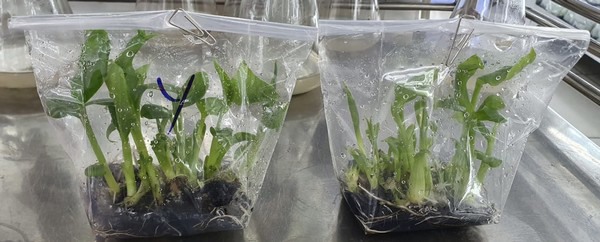
Banana tissue culture in an A/B test with HortiPower lighting (left side) and regular LEDs (right side)
Tell us about your experience with LED?
“I’ve been following the research around LED for a long time and discussed its potential with the science community in Vietnam and Japan”, says associate professor Nguyen Thi Quynh PhD who is leading the national laboratory. “Until now LED systems were fairly expensive and while there are solutions for Greenhouse, it didn’t seem that there were many proven solution for tropical tissue culture. When I discovered HortiPower tissue culture lighting I was very excited and directed my team to start a trial which led us to good results”.
What experiment did you do?
Do Dang Giap PhD: “We wanted to find out if we could get even more consistent and high-quality tissue culture by changing lighting. In the experiment we used samples of in vitro banana tissue culture at the plant cell laboratory. Both tissue culture was provided with the same coconut based growth media that we have been using in our lab. In the A/B test we used our own fluorescent lighting as well as the proprietary HortiPower lighting. The results showed a significant improvement in quality and production output.”
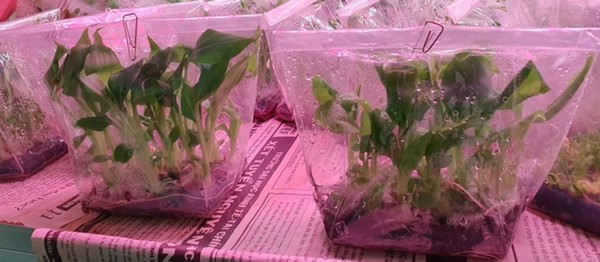
A/B tests help to identify differences between HortiPower lighting algorithms and other LEDs. When comparing the same stage, tissue culture under HortiPower grows more uniform and straight
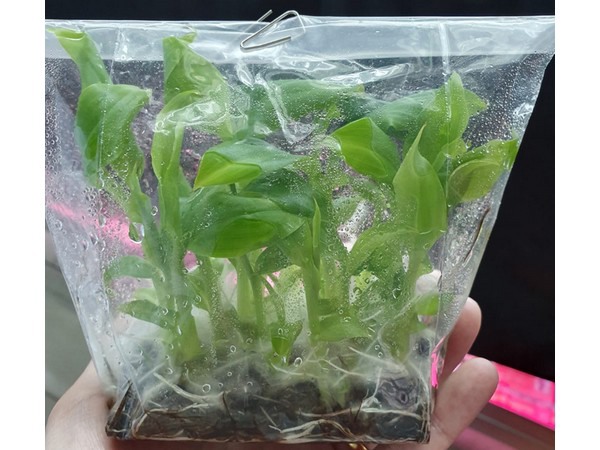
In the latter stages of the tissue culture process the rooting is important and using a different lighting algorithm compared to multiplication yields in better results
Tell us more about the duration of the experiment and what measurement you took?
“We measured the fresh weight, dry weight, number shoots, meristem height, roots length and root number over a number of stages. Morphogenesis and shoot formation and rooting in vitro seedlings were greatly influenced by different lighting settings. The number of roots and root length was significantly different. We also observed that the leaves of the shoots under HortiPower lighting were darker green thanks to higher chlorophyll content”.

A trial helped ITB to evaluate the results so they could have a data-driven decision about the potential and the quick return on investment with HortiPower lighting
What does chlorophyll tell you?
“An increase in chlorophyll content increases plant growth and development. The quality of light affects the morphological characteristics, stretching the body. Under the HortiPower lighting conditions, the tree has good root morphology and a large number of roots. The absorption of chlorophyll is better under HortiPower than that of fluorescent or general LED light, so photosynthesis is highly efficient, resulting in stronger and healthier plants. Better root development means a more efficient nutrient intake, better growth and using less materials to grow tissue culture efficiently.”
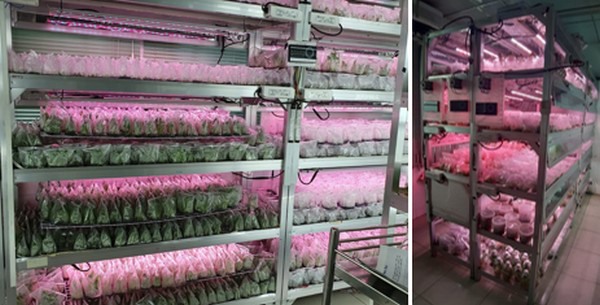 © HortiPowerITB commercial banana tissue culture under HortiPower lighting (left). The HortiPower system allows ITB to quickly change lighting parameters such as intensity and spectrums on the touch controller without having to replace hardware. This helps them continue to optimize for new varieties or switch production.
© HortiPowerITB commercial banana tissue culture under HortiPower lighting (left). The HortiPower system allows ITB to quickly change lighting parameters such as intensity and spectrums on the touch controller without having to replace hardware. This helps them continue to optimize for new varieties or switch production.
What did you do with the results?
“Recently we have a lot more demand for banana tissue culture, so we decided to install HortiPower in our commercial lab. We are producing millions of banana meriplants per year. The energy saving is about 40% and most importantly we increase the quality and production of tissue culture. This makes this investment very attractive. Meanwhile we continue to do research for example now we would like to optimize with local banana varieties”, says Giap PhD.
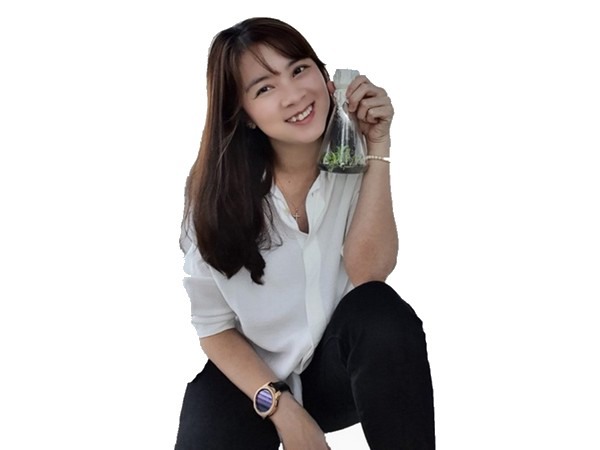
Katherine during lab visit at ITB
For more information:
HortiPower Asia
Katherine Tran - Sales Director
info@hortipower.com
HortiPower Research
Jille Kuipers – Innovation Manager
info@hortipower.com
